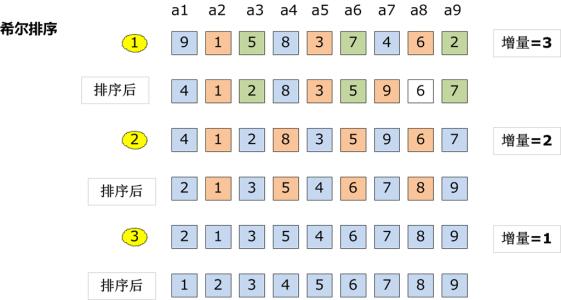In academia, the research performance of the faculty members is either evaluated by the number of publications or the number of citations. Most of the time h-index is widely used during the hiring process or the faculty performance evaluation. The calculation of the h-index is shown in various databases; however, there is no recent or systematic evidence about the differences between them. In this study, we compare the difference in the h-index compiled with Scopus and Web of Science (WoS) with the aim of analyzing the ranking of the authors within a university. We analyze the publication records of 350 authors from Monash University (Australia). We also investigate the discipline wise variation in the authors ranking. 31% of the author's profiles show no variation in the two datasets whereas 55% of the author's profiles show a higher count in Scopus and 9% in WoS. The maximum difference in h-index count among Scopus and WoS is 3. On average 12.4% of publications per author are unique in Scopus and 4.1% in WoS. 53.5% of publications are common in both Scopus and WoS. Despite larger unique publications in Scopus, there is no difference shown in the Spearman correlation coefficient between WoS and Scopus citation counts and h-index.
翻译:在学术界,教职员工的研究业绩要么根据出版物数量,要么根据引文数量进行评估。大部分时间的h-index在招聘过程或教师绩效评估中广泛使用。在不同的数据库中显示对h-index的计算;然而,没有最新的或系统的证据表明两者之间的差异。在这项研究中,我们比较了与Scopus和WOS(WoS)所汇编的h-index的差异,目的是分析大学内作者的排名。我们分析了Monash大学(澳大利亚)350名作者的出版记录。我们还调查了作者排名中的学科差异。我们调查了31%的作者概况显示两个数据集之间没有变化,而作者的概况显示有55%的数值在Scopus和WOS中较高。Scopus和Wos(WoS)之间在hindex统计上的最大差异是3。平均12.4%的作者在Scopus和Wos(澳大利亚)的出版记录为4.1%。在Scops和WOS的排名中,53.5%的出版物是常见的。尽管在Socopus(Scops)和Special-cops(Scops)之间没有显示任何差异。




